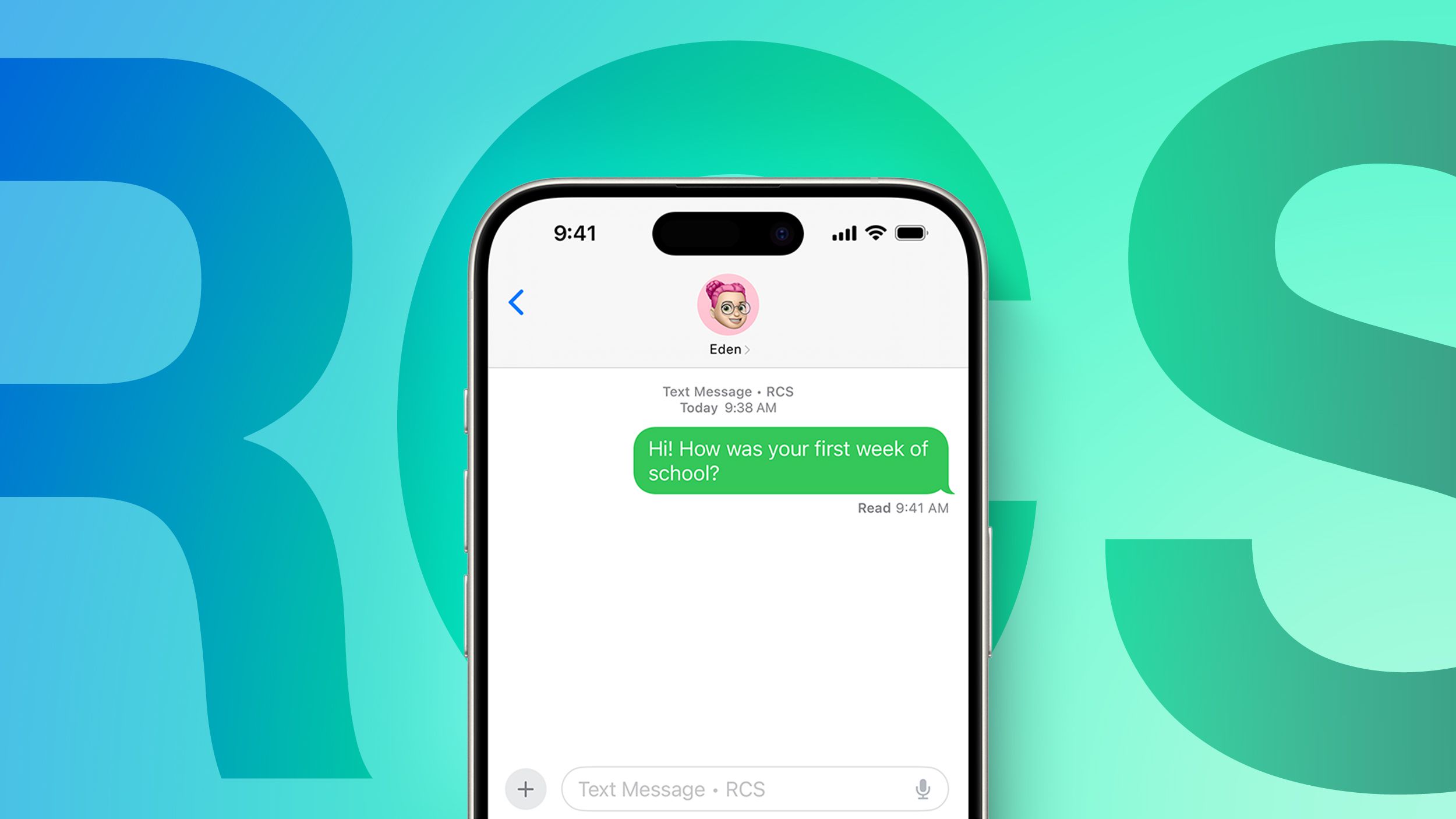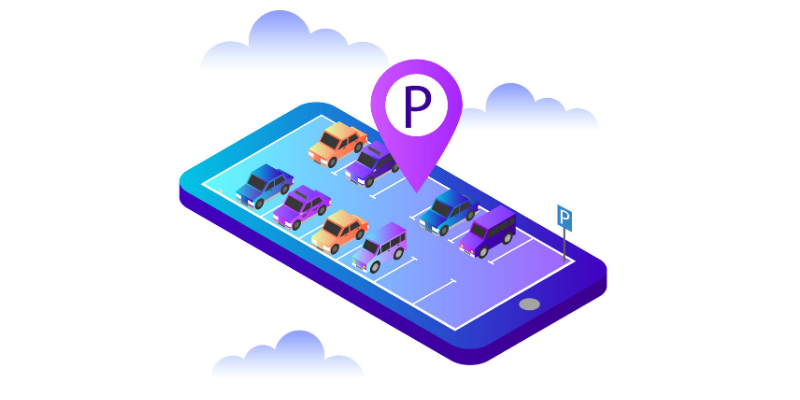Code That Won’t Cost You: Coding best practices for any language to increase code quality and reduce developer toil
Bad code is not only hard to read, it can cause expensive incidents. According to the Uptime Institute’s 2022 Outage Analysis, “nearly 40% of organizations have suffered a major outage caused by human error over the past three years” with over 60% of all failures resulting in at least $100,000 in total losses. With more and more AI-generated code creeping into software, the potential for bad code increases. While LLMs are just the latest innovation altering the software development lifecycle, regardless of whatever disruption comes next, code will always benefit from consistently applied best practices. In this article, we’ll talk about tech debt, good versus bad code, best practices to follow, and other ways you can fortify your software. We’ll also discuss practical strategies for implementing these best practices in your development workflow.

Bad code is not only hard to read, it can cause expensive incidents. According to the Uptime Institute’s 2022 Outage Analysis, “nearly 40% of organizations have suffered a major outage caused by human error over the past three years” with over 60% of all failures resulting in at least $100,000 in total losses.
With more and more AI-generated code creeping into software, the potential for bad code increases. While LLMs are just the latest innovation altering the software development lifecycle, regardless of whatever disruption comes next, code will always benefit from consistently applied best practices.
In this article, we’ll talk about tech debt, good versus bad code, best practices to follow, and other ways you can fortify your software. We’ll also discuss practical strategies for implementing these best practices in your development workflow.



































































































































































![[The AI Show Episode 147]: OpenAI Abandons For-Profit Plan, AI College Cheating Epidemic, Apple Says AI Will Replace Search Engines & HubSpot’s AI-First Scorecard](https://www.marketingaiinstitute.com/hubfs/ep%20147%20cover.png)
















































































































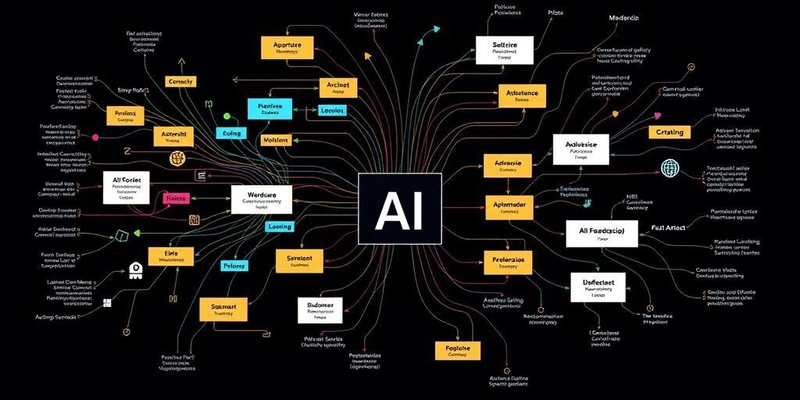


































































.jpeg?width=1920&height=1920&fit=bounds&quality=70&format=jpg&auto=webp#)










































































































































































-xl.jpg)








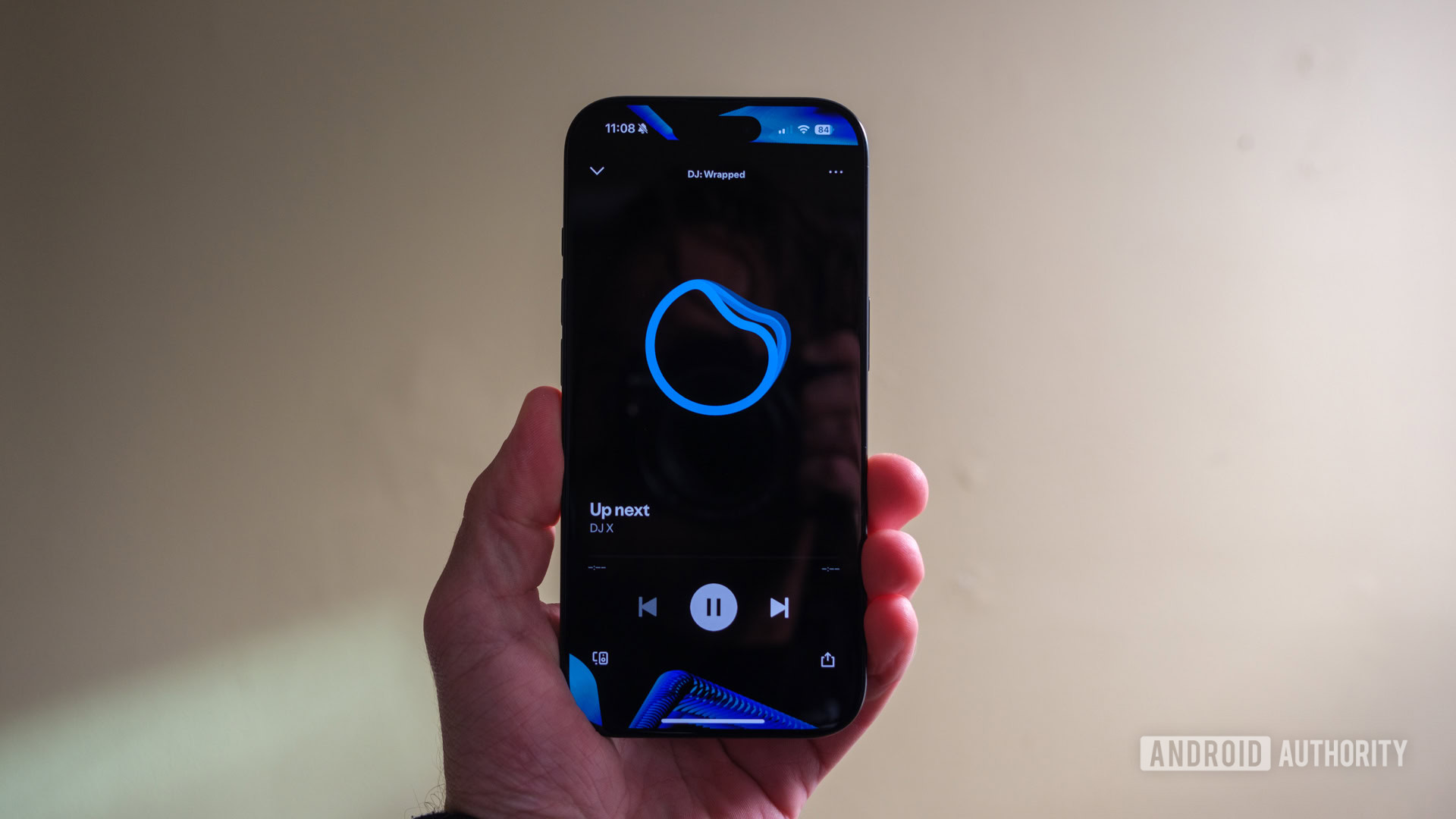
















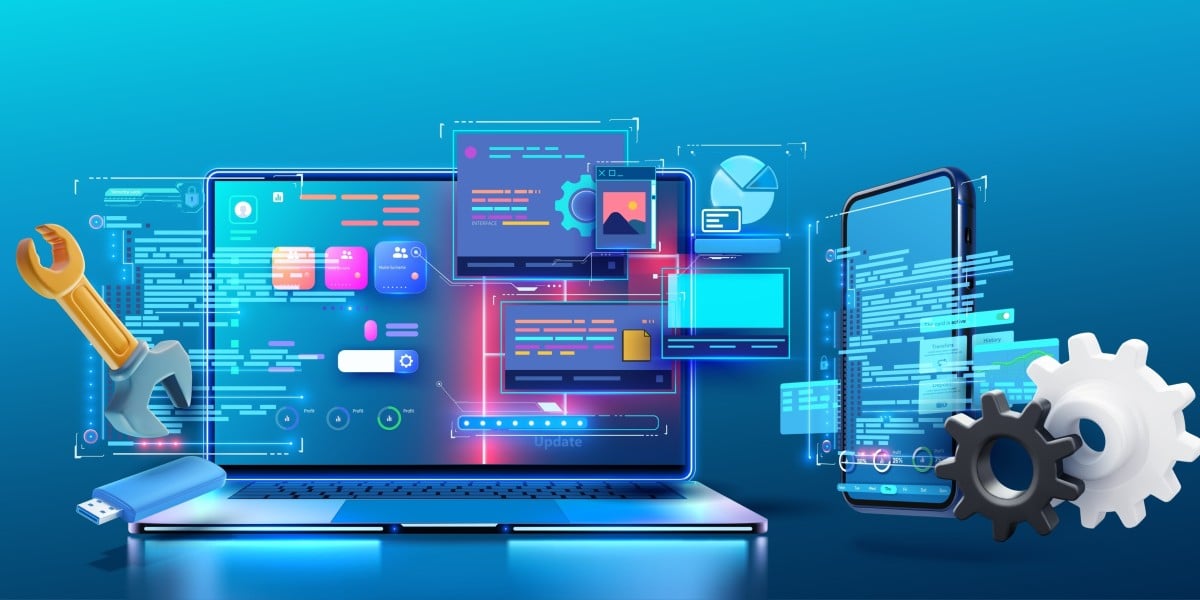



![Apple Working on Brain-Controlled iPhone With Synchron [Report]](https://www.iclarified.com/images/news/97312/97312/97312-640.jpg)






































